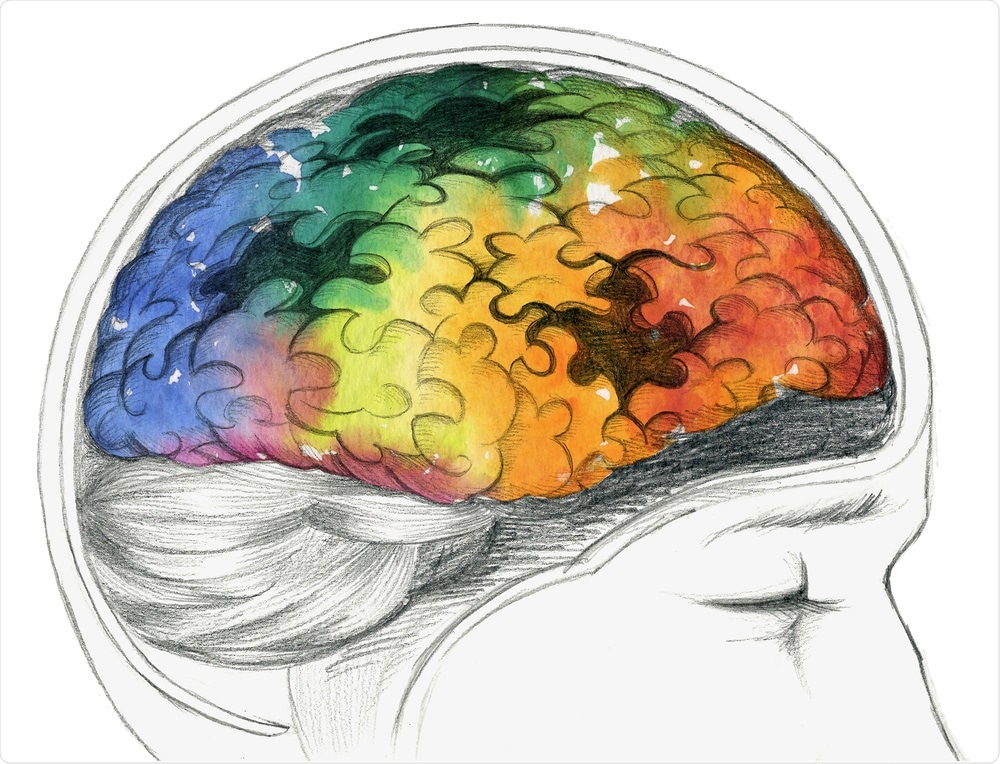
Study explains why women are more prone to Alzheimer’s disease
Researchers at Massachusetts General Hospital have shed light on why women are more prone to developing Alzheimer’s than men.
 Carla Francesca Castagno | Shutterstock
Carla Francesca Castagno | ShutterstockA study of 300 elderly individuals who underwent PET (positron emission tomography)scans showed that women are more likely to develop the toxic proteins known to trigger the disease.
As reported in the journal JAMA Neurology, the scans revealed that men had fewer of the disease-causing tau and beta-amyloid deposits in their brains than women did.
These proteins are present in all grey matter, but when large amounts of them aggregate to form tangles or clumps, this can destroy neurons and lead to memory loss and confusion seen in Alzheimer’s.
The study could help to explain why around two-thirds of dementia patients are female, a fact that has previously been attributed to women living longer than men and having more time to develop the condition. However, many scientists suspected that other mechanisms may be contributing to the gender gap in Alzheimer’s prevalence.
The current study looked specifically at tau deposits in the brains of patients aged an average of 74 years who were all cognitively healthy.
Researchers previously thought that there were no significant differences in the brain levels of these protein “biomarkers” between men and women, but potential gender-specific differences involved in the pathology of the disease is becoming an increasingly important focus in Alzheimer’s research.
Sperling says the current findings support other studies in identifying potential reasons for the differences in risk for Alzheimer's disease between men and women.
Previous research has shown that women genetically predisposed to Alzheimer's have higher levels of tau in their cerebrospinal fluid than predisposed men and the current study is the first to identify a similar pattern in clinically healthy individuals.






















.jpg)










No hay comentarios:
Publicar un comentario